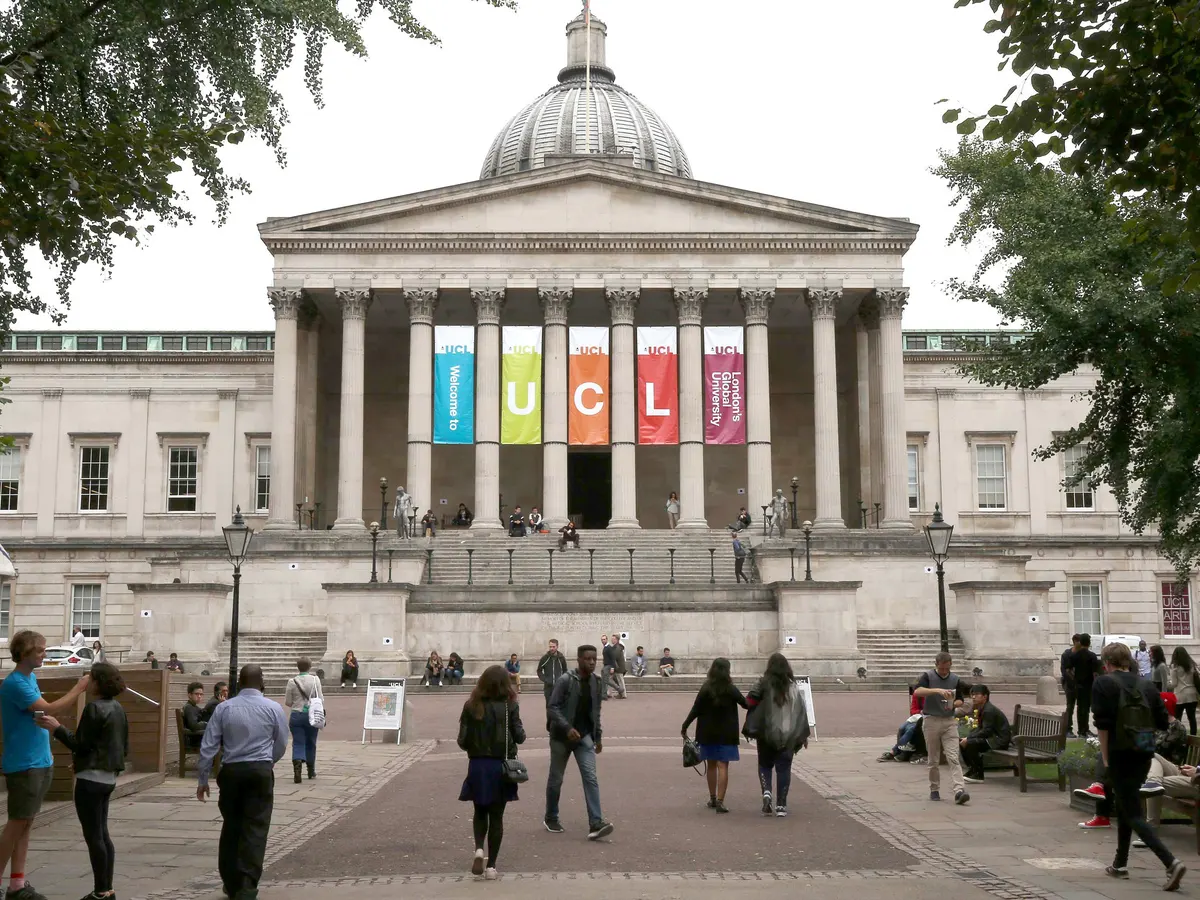Contents
- The Acceleration of Generative AI in Academia
- Ethical Challenges of Generative AI in Academia
- Generative AI in Academic Evaluation and Labor
- Integrating Generative AI into Curricula
- Generative AI and Academic Publishing
- Toward Responsible Integration of Generative AI in Academia
- The Road Ahead for Generative AI in Academia
In lecture halls, laboratories, libraries, and publishing houses around the world, a quiet but profound transformation is underway. Generative AI in academia, driven by large language models (LLMs) and related technologies, is reshaping the contours of academic research, teaching, and publishing at an unprecedented pace. Once a speculative frontier, AI-augmented scholarship has become a lived reality—an innovation that both excites and unsettles scholars across disciplines.
The Acceleration of Generative AI in Academia
The rise of generative AI tools—such as GPT-4 and other open and proprietary systems—has made it possible for researchers to draft papers, analyze data, summarize literature, and even generate hypotheses with the help of machines. On platforms like arXiv and ScienceDirect, studies documenting AI’s role in scientific discovery are multiplying rapidly. In some cases, AI is being deployed as a co-author of sorts, assisting in drafting grant proposals, producing literature reviews, and editing manuscripts for clarity and coherence.
In teaching, professors are experimenting with AI tutors that provide students with personalized guidance, while departments are trialing automated grading systems enhanced by generative models. Even peer review—a cornerstone of scholarly publishing—is beginning to feel the impact. AI can screen manuscripts for methodological flaws, identify plagiarism, and highlight areas of concern with remarkable speed.
Yet this acceleration raises deep and pressing questions: What does it mean for knowledge creation when machines are part of the intellectual process? Where should the line be drawn between assistance and authorship?
Ethical Challenges of Generative AI in Academia
The integration of generative AI into academia has unleashed a vigorous ethical debate. On one hand, advocates argue that AI democratizes access to knowledge by lowering barriers to entry. Students and researchers with limited resources can now lean on AI to polish their writing, access summaries of vast literatures, and navigate the complexities of data analysis.
On the other hand, critics worry about over-reliance and erosion of scholarly integrity. An article on arXiv recently emphasized the risk of “hallucinations”—AI-generated outputs that appear authoritative but contain fabricated or misleading information. These phantom facts pose a serious challenge to research integrity and the trustworthiness of academic communication.
Detection of AI-generated content is another flashpoint. Publishers are experimenting with AI-detection software to ensure transparency, but these systems remain imperfect. Should AI-assisted writing be disclosed? Should journals adopt standardized reporting guidelines for AI use, akin to conflict-of-interest disclosures? And what happens when AI becomes so advanced that its fingerprints are undetectable?
Generative AI in Academic Evaluation and Labor
Beyond individual scholarship, AI is altering the way academic institutions evaluate and support research. Grant applications, traditionally written by researchers themselves, are increasingly being drafted with AI support. This raises both efficiency gains and ethical concerns: If AI can rapidly assemble a compelling proposal, will funding bodies need new criteria to assess originality and effort?
The academic labor market is also shifting. As AI automates certain tasks—editing, data processing, even preliminary peer review—there is growing unease about the displacement of junior researchers and editorial staff who have historically performed these roles. Conversely, new forms of labor are emerging: experts in “AI literacy” are in demand, tasked with training students and faculty to use generative models responsibly.
Integrating Generative AI into Curricula
One of the most urgent challenges lies in education itself. Should universities embrace AI tools in the classroom, or restrict them to protect learning integrity? Some institutions are adopting a middle path, integrating AI literacy into curricula so that students learn to critically evaluate AI outputs rather than blindly trust them. Courses on “AI and academic writing” or “AI for data analysis” are being piloted, reflecting a recognition that future scholars must be fluent in navigating these tools.
At the same time, faculty face the delicate task of redesigning assessments to measure genuine student understanding rather than AI-assisted answers. Oral exams, project-based assessments, and collaborative work are regaining prominence as ways to counterbalance the risks of AI-generated submissions.
Generative AI and Academic Publishing
The academic publishing industry is at a turning point. Some journals are considering AI-assisted peer review as a way to streamline backlogs, while others are wary of compromising human judgment. ScienceDirect has published studies showing how AI can help spot statistical inconsistencies or methodological red flags, potentially raising the overall quality of publications. However, there is also the danger of over-standardization, where machine judgment crowds out the nuance of human expertise.
Open questions abound: Will we see “AI disclosure statements” become mandatory in journal articles? Could AI one day act as a recognized co-author? And if so, what does authorship mean in a world where human and machine contributions intertwine?
Toward Responsible Integration of Generative AI in Academia
Despite the uncertainties, few doubt that generative AI will remain a permanent fixture in academia. The challenge, then, is not whether to use AI, but how to use it responsibly. This requires multi-layered governance: universities establishing guidelines for AI in coursework, publishers setting clear policies for AI in manuscripts, and funding agencies adapting evaluation criteria for a new era of scholarship.
Interdisciplinary dialogue will be crucial. Ethicists, computer scientists, linguists, and legal scholars must collaborate to shape norms around transparency, accountability, and trust. Without such guardrails, academia risks undermining its most essential asset: credibility.
The Road Ahead for Generative AI in Academia
In the end, the rise of generative AI in scholarship is less about technology itself than about the values and priorities of the academic community. Will AI amplify creativity and inclusivity, or accelerate pressures toward productivity and performance metrics? Will it empower early-career scholars, or deepen existing inequities between those with access to cutting-edge tools and those without?
For further exploration of related themes, see our article on Open Science and Alternative Publishing Models within this site.
What is clear is that academia stands at a crossroads. Generative AI in academia has the potential to be a transformative collaborator in the pursuit of knowledge—but only if its adoption is guided by principles of responsibility, equity, and integrity. The decisions made in the coming years will determine whether AI serves as an ally to scholarship, or a force that unsettles its very foundations.



